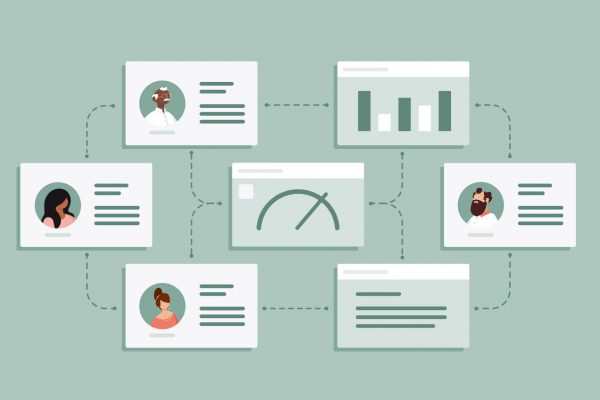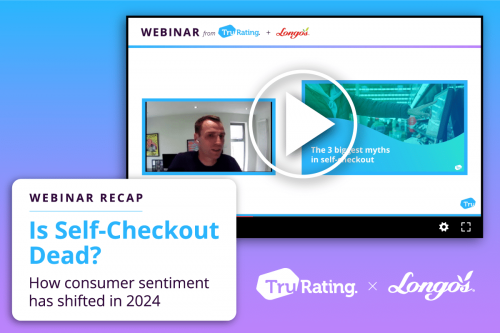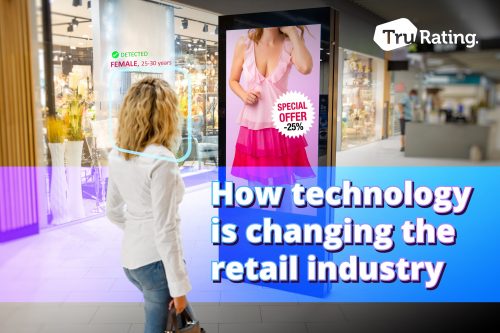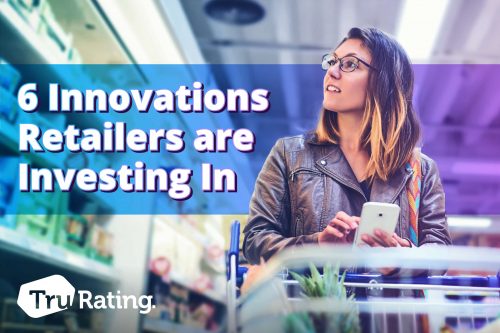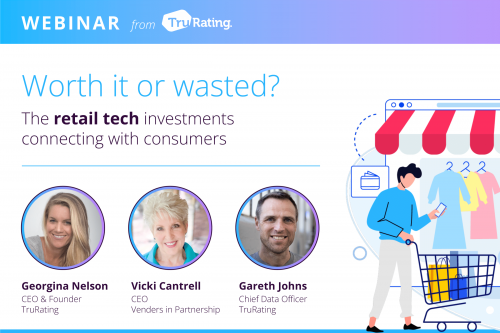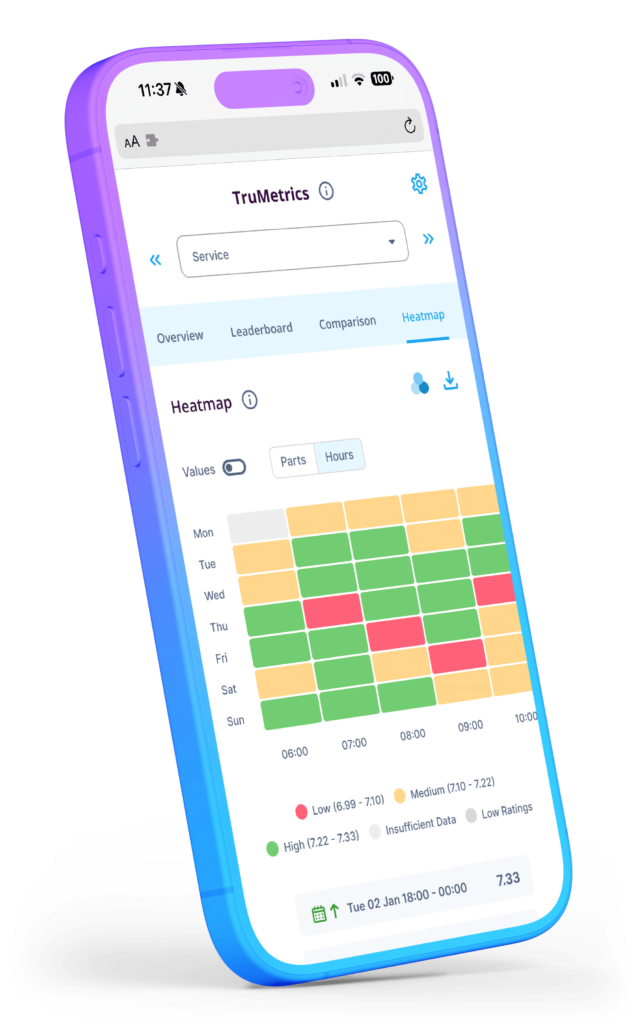Experiential retail has been a hot topic over the past few years, but in light of the pandemic, much of this innovation has been put on hold as retailers have been challenged by a new set of priorities… ensuring customer and employee safety, expanding digital and supply chain capacities and adopting new capabilities like buy online pick-up in-store to name just a few.
While many of the pandemic-driven operational changes will continue to play out in 2021 (at a recent NRF panel three retailers commented that 50% of COVID changes would continue to stick in the new year) it’s likely that we’re soon going to see a return to a more experiential mindset soon.
A recent article from the Harvard Business Review gives a good indication of why, “As a result of COVID-19, all retailers will have to make their in-store experiences even more extraordinary for those who can visit in person. They have to give people a reason to visit that is so compelling, it justifies their exposure to health risks and overcomes the inertia of the behaviours they adopted ruing the shutdown.”
If visiting stores poses a health risk – you need to provide a pretty compelling reason to get your customers off the couch and out of the house.
Finding your focus – where to start?
Retailers are aware of the importance of physical retail – ‘the death of the store’ seems increasingly distant memory – but after a tough year of falling revenues, and potential staff cuts, knowing exactly which part of your store experience to invest in can be more of a challenge.
From our research with clients based in multiple markets and verticals, one key learning that is not always discussed, is that customer expectations around the store experience can be fluid, even within the same retailer. So – how do you build an approach that works across all departments, that also accounts for changing expectations by customer type, often driven by competitor innovations or simply time?
Trying to adopt a blanket, static and potentially inefficient approach to improvements is a significant risk. In our view, you are much more likely to succeed if you can find the areas of your business in which gaps between customer expectations and perceived reality are greatest.
Understand where the gap exists, and you’re already on your way to closing it.
Closing the Expectation Gap – taking a departmental approach
To give some lived examples, here’s two instances of how we’ve helped retailers to do just this. A large footwear retailer wanted to measure customer experience across the different departments shopped. Previously the retailer had adopted a consistent process to service and experience across all departments but were noting reported issues with this approach.

This was most noticeable in the service ratings between Women’s Apparel, Women’s Footwear and Children’s Footwear and the rest of the retailer’s departments. The approach that seemed to be working well for Men’s Apparel and Accessories just wasn’t meeting the same expectations for women or parents.
After assessing the situation on the ground, the retailer realised that the fitting room experience and training staff on how to improve in their engagement with younger children (especially in busy stores) were two small but simple ways to immediately have an impact on customer experience. Though without the ability to see this discrepancy at a granular level – the retailer may never have been aware of an issue at all.
Keeping up with changing service-expectations
We work with a large discount retailer in the US, who have built their brand on creating a fun, friendly and enjoyable store experience, albeit largely a self-serve one. While this approach was entirely appropriate for the product range they’d been stocking, increased investment in selling higher-value technology products in 2020, brought with it an unexpected challenge.
Where previously customers had been happy to more or less ‘serve’ themselves – they suddenly found that with the newer ‘premium’ product range, customers had a different set of expectations around the level of service that they should be provided.

Splitting their customer ratings by category, we were able to highlight a discrepancy across the board between expectations in instances where customers were buying low-value items, vs technology products.
By investing more in staffing within the technology department, the retailer was able to continue to grow in this new area, while still giving customers a compelling but differentiated reason to visit their stores.
Customer contact – your most precious resource
When looking for ways to convince customers to come back to stores, these examples show that is best to take a differentiated rather than a single view of your customer base.
If the pandemic has taught us anything, it is that retailers should think of personalised contact with their customers as a precious resource.
By refusing to take a ‘single’ size view of your customer base, you can quickly start to make incremental changes, that in many cases, are just as important as any experiential offering your innovation teams may be dreaming up for the future.


